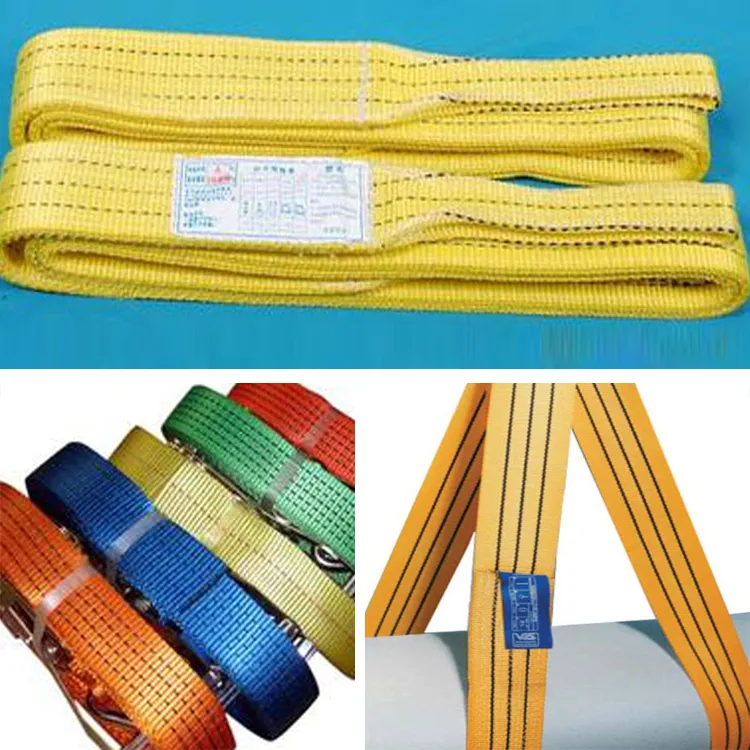Tips for Sewing Leather Using a Standard Sewing Machine Effectively and Safely
Sewing Leather with a Regular Sewing Machine
Sewing leather is an immensely rewarding endeavor, allowing crafters to create durable and stylish products. However, working with leather can be intimidating for those accustomed to stitching fabrics. The good news is that you can sew leather using a regular sewing machine, provided you follow some essential tips and techniques to achieve successful results.
Firstly, it's crucial to understand the characteristics of leather. Unlike traditional fabrics, leather has a natural thickness and toughness, which can present challenges. To begin, ensure that your sewing machine is equipped with a heavy-duty needle, ideally a size 90/14 or larger, as this reduces the risk of breaking the needle while sewing through thick material. A leather needle has a wedge-shaped point that allows it to penetrate leather easily without causing damage.
Next, consider the thread you use. Polyester or nylon thread is preferable to cotton thread because it offers greater strength and durability. A heavier weight thread can also enhance the overall appearance of your project. When selecting thread, ensure it is suitable for use with your sewing machine and fits the weight of your leather.
Another important aspect is to prepare the leather pieces before sewing. To ensure accurate stitching, you should use a rotary cutter and cutting mat for clean, straight cuts. Straight edges are vital for a polished finish, so take your time in this phase. If necessary, use clips instead of pins to hold the leather together, as pins can leave permanent holes in the material.
sewing leather with regular sewing machine

Before you start sewing, adjusting the tension on your sewing machine is essential. Leather can be thicker than regular fabric, meaning that the tension might need calibration. It’s advisable to do some test runs with scraps of leather to find the perfect tension before tackling your main project.
When it comes to sewing, go slow and steady. Unlike sewing lightweight fabrics, leather requires a more deliberate pace to ensure accuracy and control. If you're having difficulty feeding the leather through the machine, a walking foot can help. This special presser foot moves the leather along smoothly, preventing puckering and ensuring even stitches.
If your project involves multiple layers of leather, consider using a Teflon foot or a roller foot. These specialized feet allow the leather to glide through the machine more effortlessly, which can be especially helpful when stitching seams that are bulky.
Lastly, finishing touches play a crucial role in your leather project. After sewing, you may want to treat the edges of your leather with edge dye or burnishing tools to enhance durability and appearance. This step can elevate your project, making it look professional and well-crafted.
In conclusion, while sewing leather with a regular sewing machine may pose some challenges, it is entirely feasible. By using the right tools, adjusting your settings, and practicing good techniques, you can create beautiful leather projects that showcase your skills. Whether you’re making bags, belts, or home decor, sewing leather can open up a world of creative possibilities. So gather your materials, set up your machine, and enjoy the craft of leatherworking!
-
Industrial Cylinder Arm Sewing Machine: Revolutionizing Heavy-Duty SewingNewsJul.28,2025
-
Cylinder Arm Sewing Machine: Perfect for Special Sewing ApplicationsNewsJul.28,2025
-
Cylinder Bed Sewing Machine: Essential for Sewing Complex MaterialsNewsJul.28,2025
-
Heavy Duty Sewing Machine: The Essential Tool for Industrial ApplicationsNewsJul.28,2025
-
Computerized Pattern Sewing Machine: Revolutionizing Precision StitchingNewsJul.28,2025
-
Heavy Duty Industrial Sewing Machine: Power Meets PrecisionNewsJul.28,2025
-
Leather Sewing Machine: The Industrial Standard for Tough MaterialsNewsJul.18,2025





























